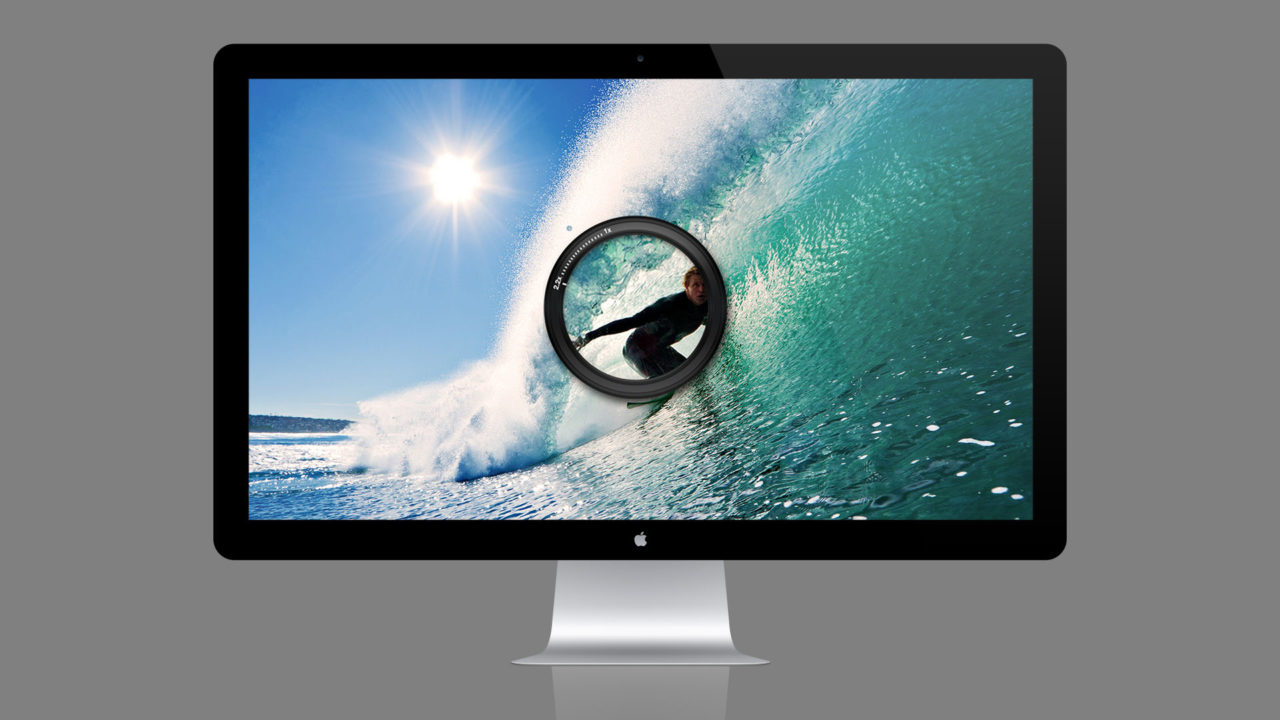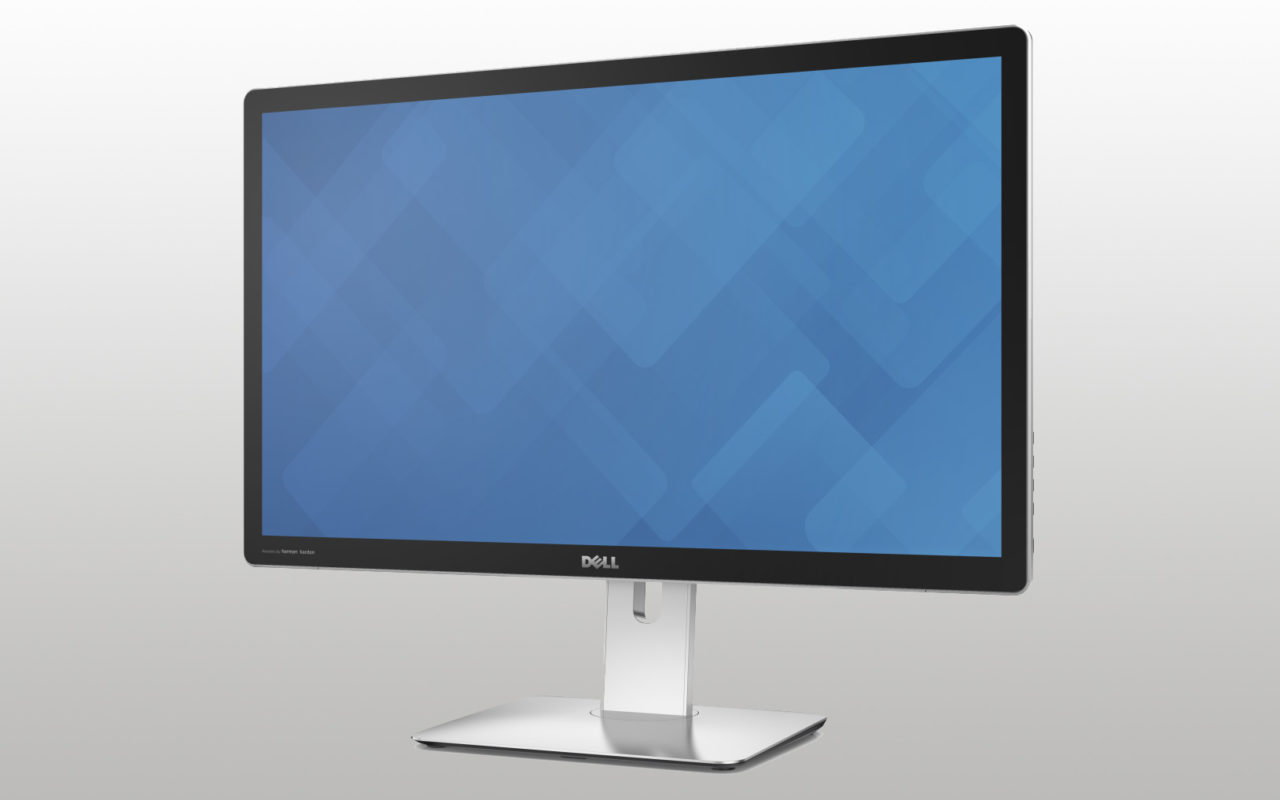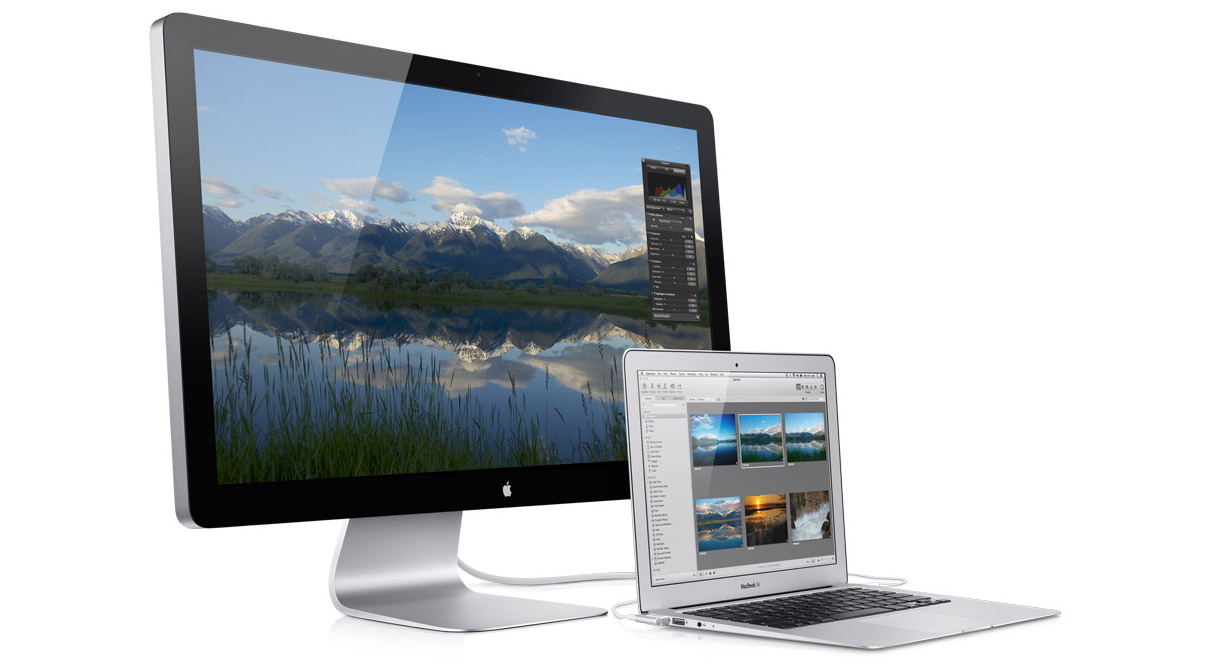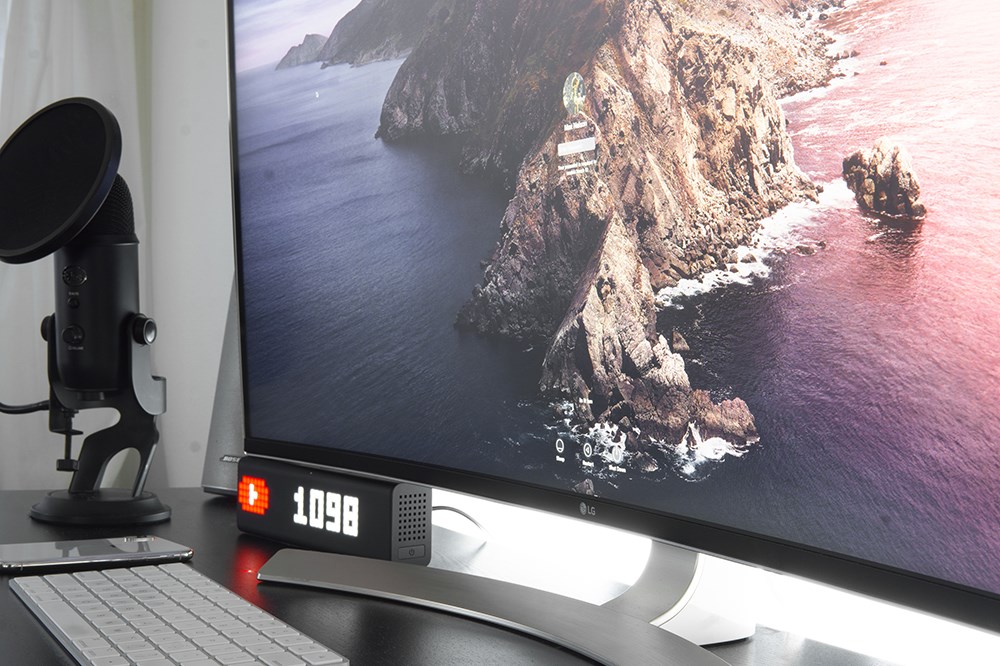Forget the Apple Watch, Here Comes the Retina Thunderbolt Display

Update [2014-10-16]: Apple didn’t launch the Retina Thunderbolt Display today, but it did unveil a new “iMac with Retina 5K Display” sporting a 5120×2880 resolution. Check out the details here. We expect that a Retina 5K update to the Thunderbolt Display will arrive in the next quarter or two.
Now that all the mobile/wearable silliness is out of the way, we can start looking forward to the fall’s Mac hardware upgrades, which may finally bring us the long-awaited Retina Thunderbolt Display. A report Friday from DigiTimes claims that Apple is gearing up to release a 27-inch display with a 5K resolution by the end of the fourth quarter.
For the uninitiated, 5K is a step above the increasingly common 4K, with a resolution of 5120×2880 compared to 4096×2160 (although some companies also market Ultra HD, or UHD, with a resolution of 3840×2160 as “4K”). If true, Apple wouldn’t be the first to introduce a product at such a resolution; Dell unveiled its own 5K display earlier this month, sporting a resounding 14.75 million pixels (compared to around 2 million for a typical 1080p display).
One concern however is that 5K resolutions exceed the official specifications of DisplayPort 1.2, the standard found on modern Macs with Thunderbolt 2. While the technical details of Dell’s 5K display are still unclear, it is speculated that the company is utilizing two DisplayPort 1.2 connections and splitting the signal into equal 2560×2880 halves.
Apple could choose to implement a similar solution for a future Retina Thunderbolt Display, but doing so would limit the display’s compatibility to Macs with multiple Thunderbolt 2 ports, namely the Mac Pro and Retina MacBook Pro (although it is likely that the iMac will be upgraded in the near future to support Thunderbolt 2). Left out of the mix with only a single first-generation Thunderbolt port are the MacBook Air and the long-neglected Mac mini.
As a “pro” display, however, it is feasible that Apple would choose to limit Retina Thunderbolt Display compatibility to certain high-end Macs, but it would still require users two connect two Thunderbolt cables in order to activate the display, a solution that the company may find inelegant compared to the current scheme which utilizes two cables total (one for Thunderbolt, one for MagSafe power).
Another solution, and one that was widely rumored prior to Friday’s report, is for Apple to introduce a new display at a “Cinema 4K” resolution of 4096×2160. This is the maximum resolution that the standard can support at 60Hz, although the prevelance of UHD displays at 3840×2160 may make that resolution more attractive due to lower production costs.
Regardless of the route Apple elects to pursue, many consumers hope the company introduces a Thunderbolt Display update soon. Apple began selling a very limited number of third party UHD (4K) displays alongside the launch of the Mac Pro late last year, but support is flaky at best for other models. As we discussed back in May, the Mac Pro’s AMD drivers don’t fully support the new round of cheaper single-stream 4K monitors, forcing users to stick with an unacceptably slow 30Hz refresh rate, or run at a lower resolution, such as 2560×1440, with blur-inducing upscaling.
Apple’s lack of enthusiasm in addressing support for single-stream 4K displays is likely due to the company’s efforts on its own high resolution display. The introduction of high resolution “Retina” displays with the iPhone 4 back in 2010 was a revelation for consumers living in a pixelated world, and things only got more interesting with the launch of the MacBook Pro with Retina Display two years later. Now desktop users are clamoring for the same experience, and it’s getting more and more likely that Apple will soon deliver a compelling Retina Thunderbolt Display and, surely soon to follow, a Retina iMac.























5 thoughts on “Forget the Apple Watch, Here Comes the Retina Thunderbolt Display”
When will Apple ever care about anyone but it’s iPhone and iPad users again? I know they have released the MacBook Pro Retina (I’m typing this on one) and the new Retina iMac but I still feel their love for traditional computers and their users has been lost.